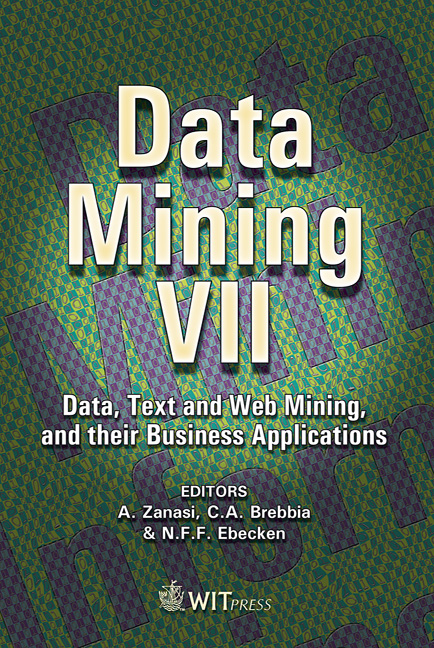Cluster Analysis Of 3D Seismic Data For Oil And Gas Exploration
Price
Free (open access)
Volume
37
Pages
8
Published
2006
Size
572 kb
Paper DOI
10.2495/DATA060071
Copyright
WIT Press
Author(s)
D. R. S. Moraes, R. P. Espíndola, A. G. Evsukoff & N. F. F. Ebecken
Abstract
Seismic attributes are information extracted from seismic data and constitute important tools to estimate the geological structure of a place, helping the understanding of the subsurface and reducing the uncertainties on interpretations. This comprehension is crucial to tasks such as lithology prediction and reservoir characterization. Seismic attributes are generated by transforming data from a seismic line (two dimensional data) or a seismic volume (three dimensional data). This work presents a study of clustering algorithms to these attributes and the techniques employed follow two distinct approaches: a self organizing map to perform crisp clustering and fuzzy c-means to perform partial clustering. The evaluations of the partitions are performed with the PBM index which indicates the best number of groups. Data from a Brazilian oil field is used to test the algorithms. Keywords: clustering, neural networks, fuzzy sets, cluster validity. 1 Introduction In oil industry, the decision making of exploration and exploitation processes involves dealing with geological, geophysical and geochemical data. The evolution of computer hardware technology and the development of data base management systems (DBMS) allow the data to processed and stored in very huge databases. This fact represents a great opportunity for a company to record all data from its operations. However, it makes the analysis and understanding of such data difficult. Thus, Data Mining techniques may help the experts on their task by automatically discovering useful information from these huge volumes of data. Examples of activities that can be improved by the use of these techniques
Keywords
clustering, neural networks, fuzzy sets, cluster validity.





